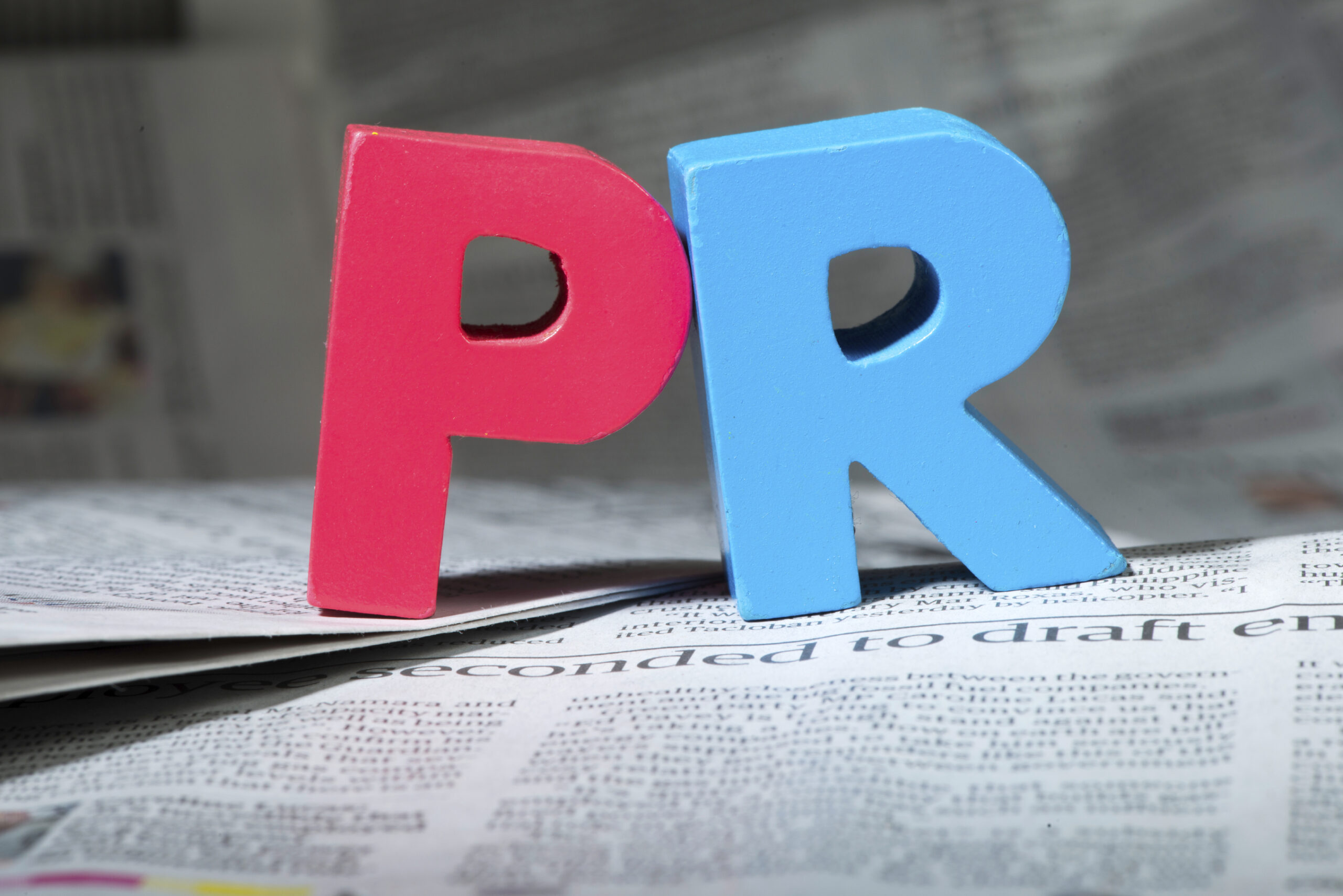
The convergence of PR and Marketing
5 Sep 2019

Advancement in communication technologies and tools has obliterated the boundaries of time and distance. Today, the world is connected through multiple channels on a real-time basis. Various streams of communications are converging to create a seamless and more impactful network – including PR and marketing. This amalgamation between two traditionally divergent channels has led to the emergence of new communication models and trends. While marketing is the multi-channel exercise aimed at supporting a product, PR has generally been a brand’s communication with its target audiences. These two verticals have grown in style and scope over the years in their own distinct ways, but in the digital age, they have converged to the extent that they have become intertwined in many ways.
Over the past decade or so, the Internet and social media have grown tremendously. And this has strongly influenced the way people see products and how businesses function and communicate. The future is more data driven and convergent and there is no place for the mediocrity or stereotypes anymore. Brands want to be seen and are more responsive to consumer needs. Balancing out this equation, customers too want their opinions to be heard. No matter what tools, models or techniques are used, the entire business realm is becoming more result oriented. In the modern era, constant innovation is the key to longevity. As a result, PR and marketing frequently converge to make their communion stronger and more effective. In fact, the interrelation between the two channels has become so pronounced that contemporary businesses often see PR as a marketing channel.
However, the question here is – Is it possible?
Historically, the concept of PR was born out of the need to propagate many philosophies, including religion. PR has grown by leaps and bounds and is now an industry worth over $1.4 billion in India, employing more than 1 lakh professionals across the industry.[1] It is responsible for establishing relationships in business, delivering crisp and engaging brand communication in order to achieve a target.
Marketing can be defined as a process of optimization that helps businesses perform better and enable advertising campaigns to pitch out the right message to the right audience. With fast-paced lifestyles, access to information and proliferation of digital tools, the concepts of marketing are undergoing transformation. Among the most prominent trends that we have witnessed in the sector is the rise of content marketing. The 21st century consumer is increasingly becoming oblivious to conventional print ads or 15-to-20-second commercials that feature a celebrity asking you to buy a product based on his/her word. Today’s consumer prefers knowing about the product via digital channels such as social media posts, blogs, product previews and reviews, etc. It is this content-centric shift in marketing strategies which has brought marketing closer to PR, making distinction between the two blurrier than ever.
According to a report,[2] while 6% of PR professionals and 20% of marketers would put PR as a subset of marketing, many believe it is what gives businesses a more in-depth and long-term perspective over the market and customer needs while interacting with each and every stakeholder along its path. Many PR (47%) and marketing (61%) professionals suggest that PR and marketing will be aligned closely in the next few years to come, while 12% of PR professionals believe that PR would dominate marketing in the near future.[3] However, only a small percentage said that the two entities would operate separately, suggesting that the convergence is in fact an imminent truth.[4]
Another question here is whether this convergence is going to be effective. While it is up to individual businesses to choose one over the other, there is no doubt that the customer of today is very different from what he was a decade ago. There is no dearth of choices for a customer today and they can well go about looking for multiple options before settling with one. Gaining customer loyalty is a big challenge for businesses today and it is a continual path to innovation and improvement to ensure long-term customer retention. Now it has become imperative that marketing be a step ahead in this process. Therefore, many companies have adopted a multidisciplinary approach and have fully converged, seamless operations in place. PR and marketing have become a pre-sales effort for businesses to grow their revenue. And they need to work in tandem for effective results.
There is no doubt that the digital age is all about disruption. Given the unprecedented growth of digital media influence, in order to be successful, modern businesses need to integrate these aspects and derive a multi-pronged methodology. Brands must be able to create content/ products/ services that their audiences connect with.
As for PR, it is no longer just a tactical tool to grow brand awareness, but, has now become an essential element of a business’ communications strategy. Pushing crisp brand communication content via PR as well as various social media platforms is a potent strategy of gaining brand loyalty and improving customer retention. Hence, it is evident that the convergence between PR and marketing is a highly effective and advantageous trend for 21st century businesses!
[1] https://telanganatoday.com/paradigm-shift-for-public-relations
[2] https://www.holmesreport.com/latest/article/2017-global-communications-report-predicts-convergence-of-marketing-and-pr
[3] https://www.holmesreport.com/latest/article/2017-global-communications-report-predicts-convergence-of-marketing-and-pr
[4] https://www.holmesreport.com/latest/article/2017-global-communications-report-predicts-convergence-of-marketing-and-pr